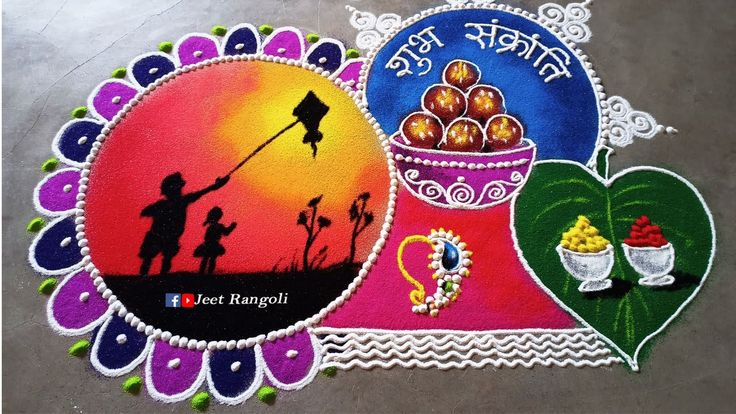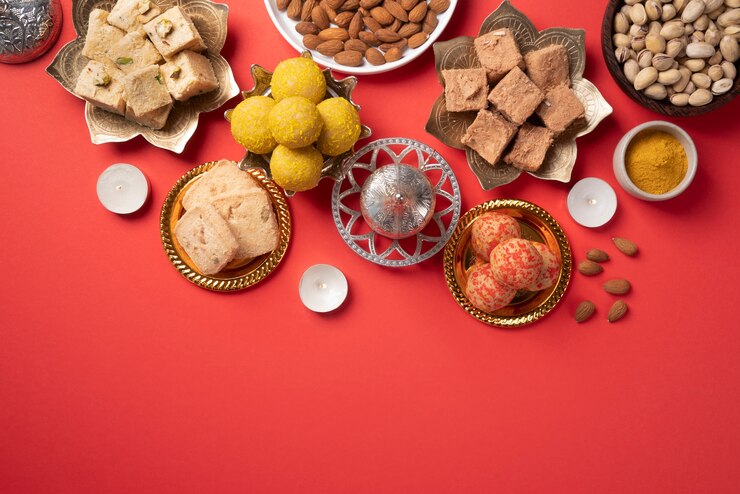Table of contain-
- Introduction: Celebrating Harvest Festivities: Makar Sankranti, Lohri, and Pongal.
- Makar Sankranti 2024: A Tapestry of Cultural Jo
- Cultural Traditions: A Mosaic of Rites and Traditions
- Astrological Aspect: Sun’s Journey into Capricorn
- Makar Sankranti Delicacies: Flavors Weaved into Tradition
- Festive Attire and Decorations: Adorning the Tapestry
- Makar Sankranti in Different Regions: A Kaleidoscope of Celebrations
- Kite Flying Tradition: Soaring High in Unity
- Family and Community Bonding: Threads of Connection
- Impact on Agriculture: Harvesting Joy and Prosperity
- Makar Sankranti 2024 Events: Highlights of Joyous Celebrations
- Folklore and Legends: Stories Woven into Tradition
- Modern Celebrations: Weaving Tradition into Contemporary Trends
- Social Media Impact: Threads of Connection Across Platforms
- Sustainable Practices: Weaving an Eco-Friendly Tapestry
- Conclusion: A Tapestry Woven with Love and Custom
1.Introduction: Celebrating Harvest Festivities: Makar Sankranti, Lohri, and Pongal.
In the richness and diversity of the Indias traditions, customs, and cultural elements , the month of January heralds the celebration of three vibrant harvest festivals: Makar Sankranti, Lohri, and Pongal.
Makar Sankranti is mainly celebrated in North India to indicate the change of the sun into the star sign Capricorn. People get together for kite flying to celebrate the joyful mood of the season. Cooking traditional sweets made from sesame seeds and jaggery, focusing on the values of warmth and sweetness in relationships is also observed on this day.
Lohri is a festival that is predominantly used in Punjab region; it is a festival of the bonfire. People come together around the fire singing and dancing to old songs.
In the southern regions of India, Pongal is observed with much enthusiasm. It is a four-day sun god’s harvest festival. The cooking of Pongal, a dish prepared from newly-harvested rice, milk, and jaggery, designed to show wealth and plenty, is the most prominent feature.
Makar Sankranti, Lohri, and Pongal are unique in their rituals and customs, but each embraces the thankfulness for the harvests and the feeling of unity and happiness. These festivals represent the rich cultural mosaic of India, where diversity is celebrated in open arms.
2.Makar Sankranti 2024: A Tapestry of Cultural Joy
Makar Sankranti is a festive time observed all over India and symbolizes the sun entering Capricorn. 2024 This joyful event is celebrated with various cultural customs, mouth-watering dishes, and community gatherings. Now, let’s delve into the core of Makar Sankranti and analyze its emotional fabric.

3.Cultural Traditions: A Mosaic of Rites and Traditions
The festival has distinctive rituals and traditions that are localized to specific regions. Family members gather to take part in traditional activities which collectively form the rich mosaic of cultural heritage. Be it the vibrant Rangoli designs decorating courtyards or the mesmerizing tunes of age-old music, every movement contributes to the beautiful mosaic of Makar Sankranti festivities.
4.Astrological Aspect: Sun’s Journey into Capricorn
Makar Sankranti is not just a cultural festival, but also has great astrological importance. The setting of the sun in Capricorn is symbolic as well; it denotes the end of winter and the beginning of longer days. Thus, such a celestial change brings people together in different parts of India and therefore unites people with the common thread of the arrival of the sun’s warmth.

5.Makar Sankranti Delicacies: Flavors Weaved into Tradition
Every festival also includes mouth-watering sweets, including Makar Sankranti. There are a lot of traditional dishes that families prepare each with its own meaning. From til laddoos to khichdi, these food delicacies are part and parcel of the festivity, forming a delicious festival of tastes.
6.Festive Attire and Decorations: Adorning the Tapestry
During the celebration of Makar Sankranti, families get together and the bright quilt of the festival is seen in their garments, fineries and adornments. costume, which frequently consists of bright colors and elaborate patterns, also contributes to the visual feast. Homes are decorated with symbols, making the ambiance cheerful and celebratory.
7.Makar Sankranti in Different Regions: A Kaleidoscope of Celebrations
It is the diversity of Makar Sankranti that enshrouds the beauty of this festival with each region contributing a single thread to the cultural quilt. From the majesty of the Kumbh Mela in Uttar Pradesh to the fervor of the Pongal celebrations in Tamil Nadu, the festival brings the nation together in a beautiful amalgamation of customs.

8.Kite Flying Tradition: Soaring High in Unity
One of the best-known things of the Makar Sankranti festival is the millenary tradition of kite flying. With the sky filled with colorful kites, they represent the dreaming high of communities’ aspirations and unity. Skies make canvases and flying the kite becomes an act which encompasses the different generations.
9.Family and Community Bonding: Threads of Connection
Makar Sankranti strengthens family values and community interactions. Whether in meals shared together, laughter, or collaborative activities, the festival ties strands of warmth and unity. It is a fabric of love and brotherhood beyond blood and kinship.
10.Impact on Agriculture: Harvesting Joy and Prosperity
Makar Sankranti has agricultural significance for farmers. It represents the commencement of the harvesting period, associated with wealth and well-being. The festival becomes one of appreciating nature’s gifts, and farmers thank nature for the successful harvest.
11.Makar Sankranti 2024 Events: Highlights of Joyous Celebrations
2024 Makar Sankranti is not any other festival but an experience. Special occasions and meetings enhance the fun, making the party even more unforgettable. From cultural shows to community celebrations, there is an infectious energy that runs through every gathering.
12.Folklore and Legends: Stories Woven into Tradition
Mythological stories enrich Makar Sankranti and make the festivities more profound. Stories of gods, celestial phenomena, and divine intercession are interwoven in the cultural fabric with tales of deities, celestial events, and divine blessings that touches the heart of the applicants.
13.Modern Celebrations: Weaving Tradition into Contemporary Trends
Makar Sankranti, though based on tradition, is modern. The contemporary trends are incorporated into the family celebrations, where the old and the new are blended. The festival develops as a living, breathing mosaic that changes with time but stays true to its cultural soul.
14.Social Media Impact: Threads of Connection Across Platforms
In the digital age, Makar Sankranti is manifested through the social media platforms. Hashtags trend, and stories are told, it’s a virtual quilt that unites people around the world. The festival turns into a global event and every post contributes a thread to the digital story.
15. Sustainable Practices: Weaving an Eco-Friendly Tapestry
Amid the celebrations, there is also an increased awareness about sustainability. Several communities are actively engaging in promoting environmentally friendly practices and encouraging celebrants to weave an environmentally conscious tapestry. From eco-friendly decorations to eco-friendly waste disposal, every step forward is part of a cleaner event.
16.Conclusion: A Tapestry Woven with Love and Custom
Makar Sankranti 2024 reveals itself as much more than a simple compilation of rituals; it is a patchwork celebrating love, tradition and shared happiness. From the gastronomic specialties to the towering kites, there is a sense of cultural cohesion that links communities together.


2 thoughts on ““Makar Sankranti 2024: Radiating a Tapestry of Cultural Harmony and Joy””